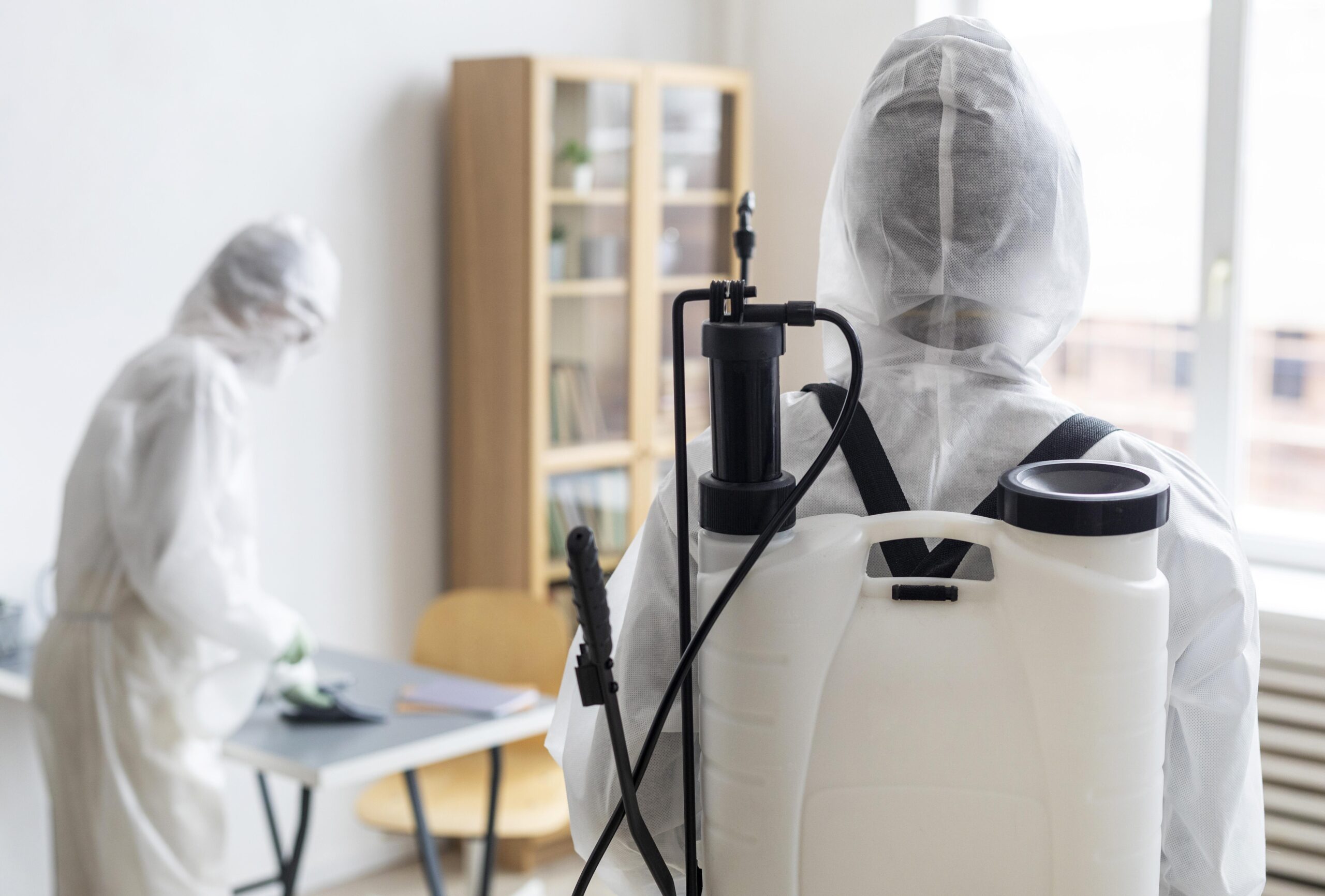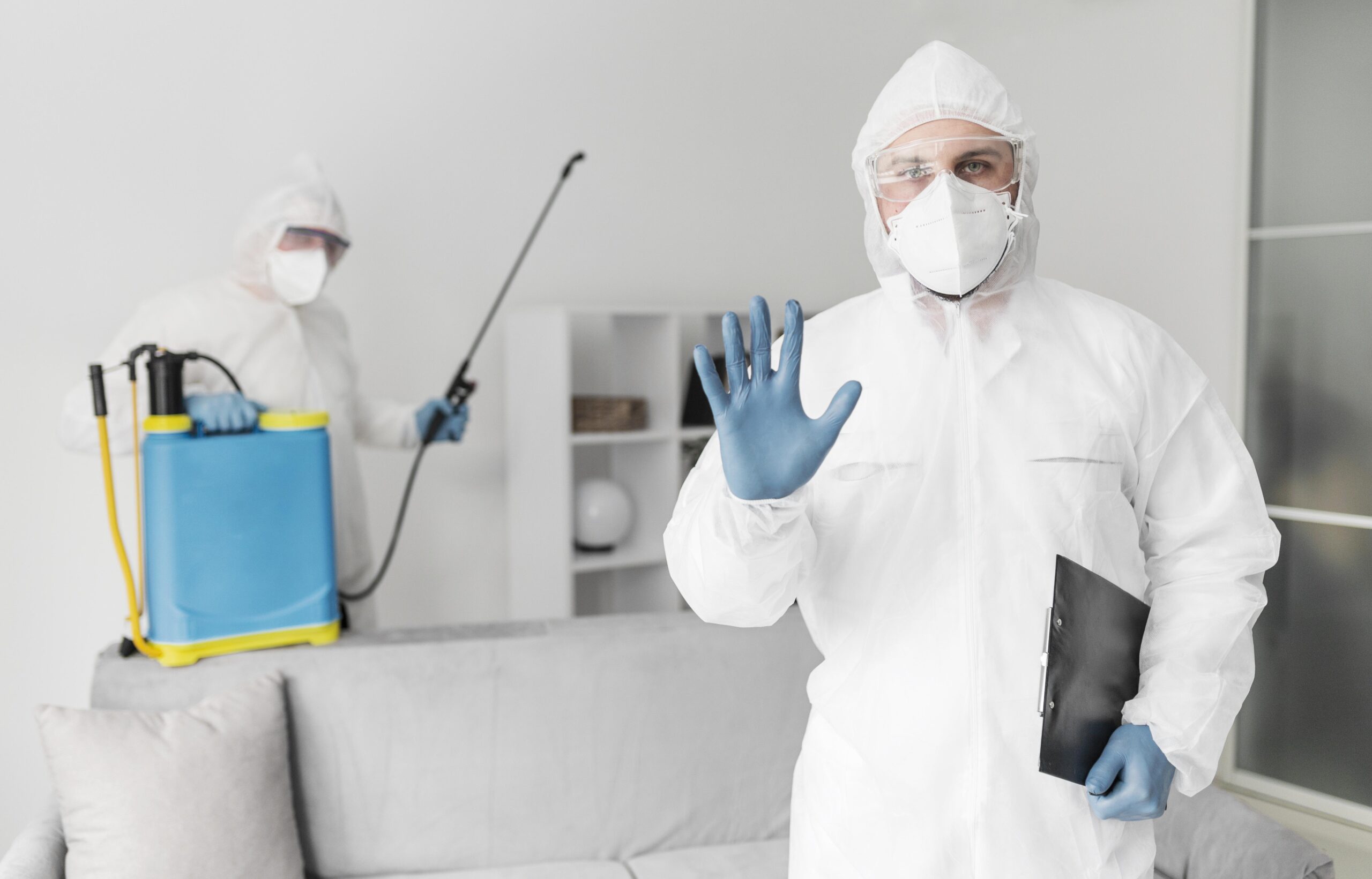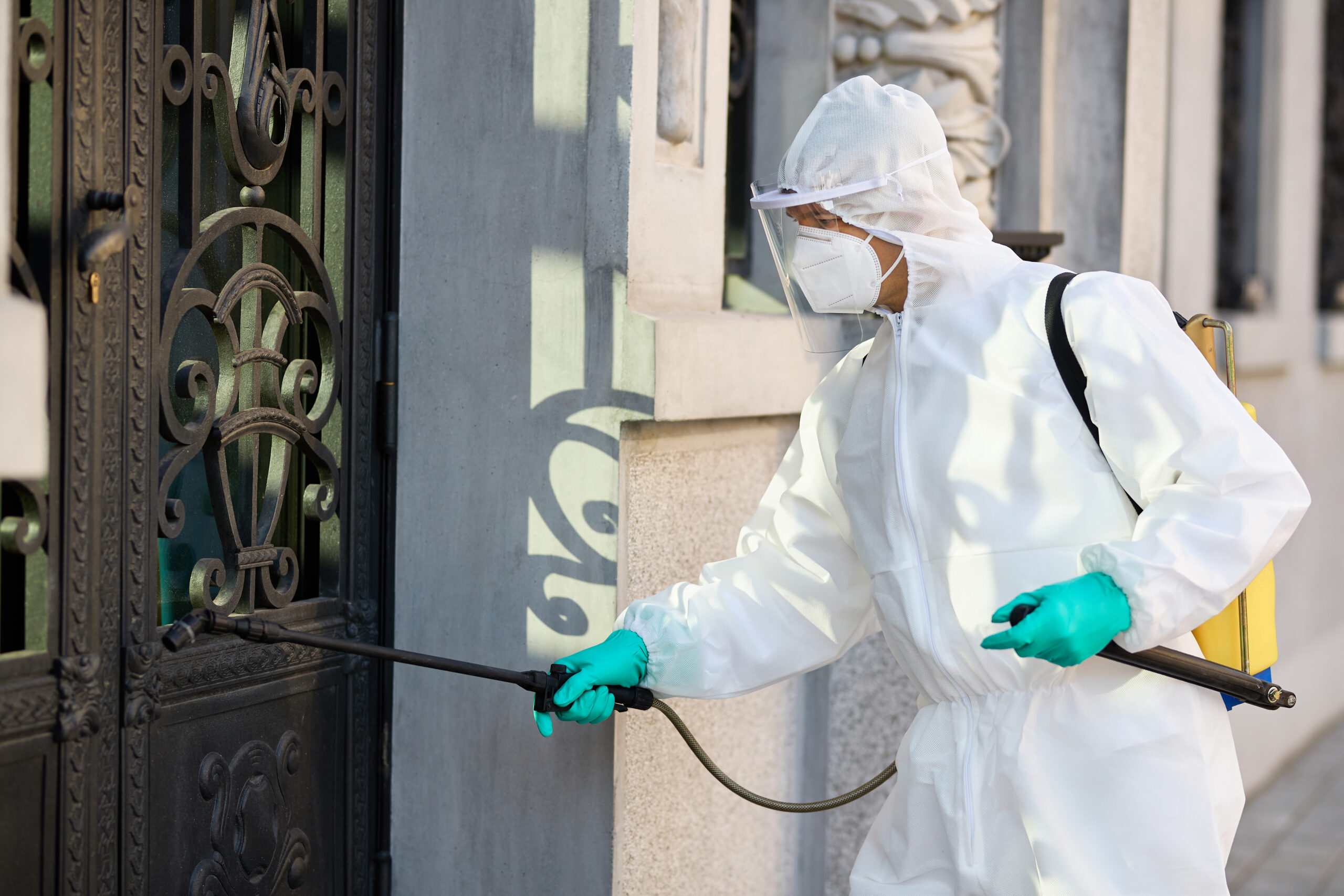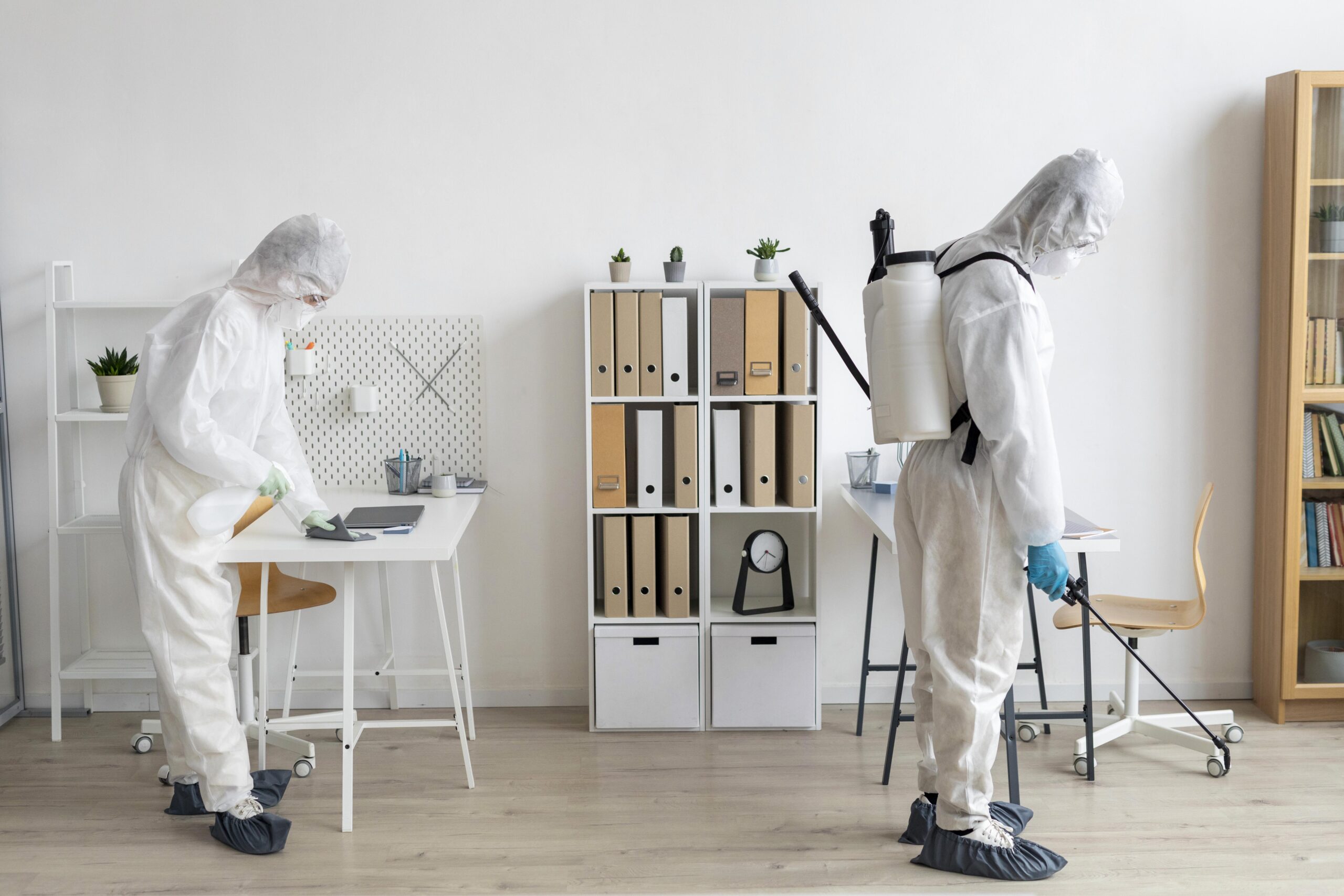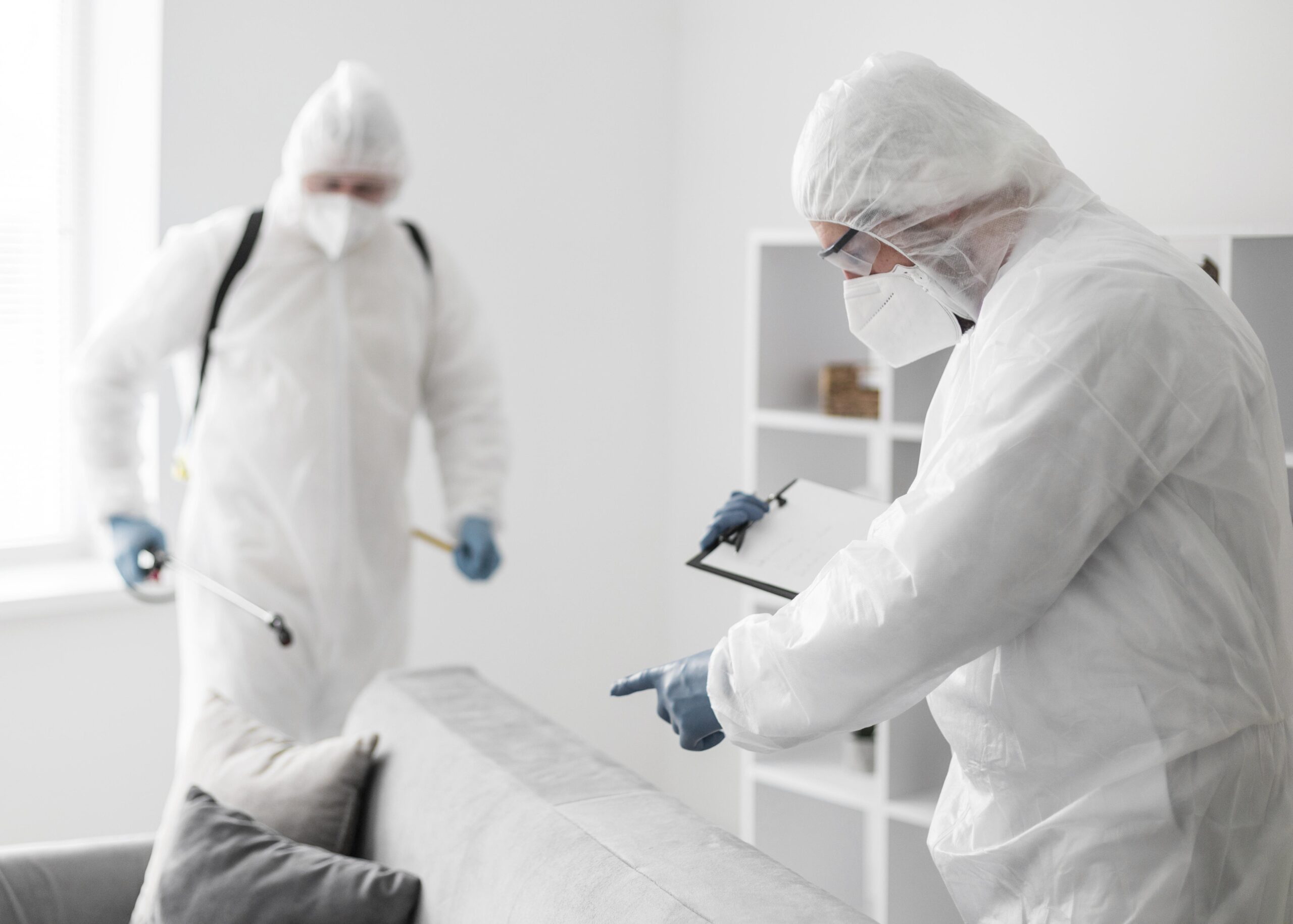When dealing with pests, homeowners often ask the same question: How long does a pest control treatment last? The answer isn’t always straightforward, as the duration depends on several factors including the type of pest, the severity of the infestation, the method of treatment, and even the condition of the property. Understanding what influences the effectiveness of treatments can help you plan for both short-term relief and long-term prevention.
For those considering Pest Control Naperville, it’s especially important to know how long different treatments last so you can manage expectations, maintain your home properly, and avoid repeat infestations.
Factors That Affect the Duration of Pest Control Treatments
1. The Type of Pest
Not all pests are the same, and the longevity of treatments varies widely:
- Ants, spiders, and cockroaches: General treatments often last a few months, offering seasonal protection.
- Rodents: With proper rodent control measures such as sealing entry points and using traps, treatments can last indefinitely if good maintenance practices are followed.
- Termites: Treatments applied by a professional termite exterminator can last several years, especially with soil treatments and baiting systems.
- Bed bugs: Professional bed bug control often requires multiple visits, but once eradicated, results can be long-lasting if prevention steps are maintained.
2. Treatment Methods
The technique used makes a big difference in how long results last.
- Chemical sprays: Typically effective for 60–90 days against common insects.
- Bait stations: Can remain effective for months or even years, depending on maintenance.
- Heat treatments: Especially for bed bugs, these can eliminate infestations in a single session but require follow-up inspections.
- Rodent exclusion: Sealing entry points creates a more permanent solution compared to traps alone.
3. Severity of Infestation
A light pest presence may be resolved quickly and last longer, while a severe infestation may require repeated treatments before long-term results are achieved. For example, a minor ant problem could be cleared with one application, but a full-scale termite colony needs multiple visits and long-term monitoring.
4. Property Conditions
The environment of your home or business plays a significant role in determining how long treatments last. Poor sanitation, structural gaps, or excess moisture can shorten the effectiveness of even the best treatment.
How Long Do Common Pest Treatments Last?
General Pest Treatments
For everyday pests like ants, spiders, and cockroaches, a pest control treatment usually lasts around three months. Many homeowners schedule quarterly visits to maintain consistent protection throughout the year.
Rodent control
Rodent control can be more permanent than insect treatments, but it depends on prevention. If your home is properly sealed, food sources are limited, and traps are set strategically, results can last indefinitely. However, if new entry points open up or sanitation practices lapse, rodents may return.
Termite Treatments
Termites are one of the most destructive pests, and professional treatments reflect that. A termite exterminator typically provides solutions that last several years. Soil treatments may protect your home for up to a decade, while bait stations remain effective as long as they are monitored and maintained.
Bed Bug Treatments
Bed bugs are notoriously resilient. A single bed bug control session may not be enough, and multiple treatments are often needed. Once the infestation is eliminated, however, results can be long-lasting as long as reinfestation is prevented by careful monitoring and good hygiene practices.
How to Extend the Life of Pest Control Treatments
While treatments have their limits, there are several steps you can take to maximise their effectiveness:
- Maintain Cleanliness Keeping your home clean and free of food debris reduces the chances of pests returning. This is especially important for rodents and insects like cockroaches and ants.
- Seal Entry Points Inspect your property for cracks, gaps, and holes where pests can enter. Caulking, weather-stripping, and door sweeps are inexpensive ways to keep pests out.
- Address Moisture Issues Many pests, including termites and cockroaches, thrive in damp environments. Fixing leaks, improving ventilation, and reducing standing water can help prolong the effects of treatments.
- Schedule Regular Inspections Professional checkups ensure that any signs of new activity are caught early. Even after a successful pest control treatment, monitoring is key to preventing reinfestations.
- Practice Good Storage Habits Keep food in sealed containers, dispose of garbage promptly, and store firewood away from your home. These habits make your property less attractive to pests.
Why Regular Pest Control Is Worth It
Some homeowners wonder if they can get by with one treatment rather than scheduling routine visits. While a single pest control treatment may provide temporary relief, regular services ensure your home remains protected year-round. Preventive maintenance is often cheaper than dealing with emergency infestations caused by termites, rodents, or bed bugs.
Conclusion
So, how long does a pest control treatment last? The answer depends on the type of pest, the method used, and how well the property is maintained. General insect treatments may last a few months, rodent solutions can be permanent with the right prevention, termite treatments often last several years, and bed bug treatments may require multiple visits but can deliver lasting results once the problem is resolved.
If you want peace of mind and consistent protection, it’s best to schedule regular inspections and work with professionals who understand how to manage each type of pest effectively. Don’t wait for infestations to spiral out of control—protect your home today with reliable Pest Control Naperville services tailored to your needs.

